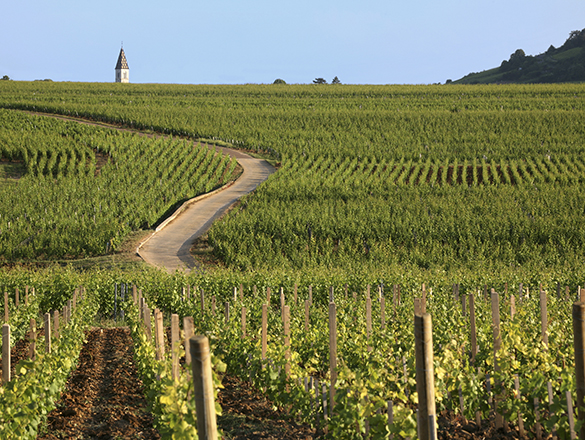
The vineyards of Bourgogne produce some great wines with a historical and international reputation. However, the region is not simply limited to its iconic appellations. In addition to its Village Premier Cru and Grand Cru AOCs, it also produces a range of wonderful Régionale and Village appellations to explore.
You will also find a full list of the Bourgogne’s Climats and lieux-dits on this page.
Check out the complete list of the 84 Bourgogne appellations.
However, your exploration has only just begun. Bourgogne wines have never before offered such high quality. Besides our range of internationally celebrated wines, try some of our lesser-known appellations where there are lots of surprises in store.
And for a fun way to find out more about the wines on offer, try out our “Which Bourgogne wine is right for me?” quiz, or check out Bourgogne Maps to take an interactive tour of the region.
Regional appellation
APPELLATIONS SUR PLUSIEURS VIGNOBLES
31 juillet 1937
Reds and rosés made from Gamay, Pinot Noir and César in the Yonne.
Whites made from Aligoté, Chardonnay, Melon de Bourgogne, Pinot Blanc and Pinot Gris.
Area under production*:
1 hectare (ha) = 10,000 m2 = 24 ouvrées
Reds and rosés: 209.23 ha approx.
Whites: 24.62 ha
Average annual yield**:
1 hectoliter (hl) = 100 liters = 133 bottles
Reds and rosés: 8,807 hl
Whites: 1,363 hl
*In 2022 **5-year average, 2017-2021
Appellation Régionale of Bourgogne.
The COTEAUX BOURGUIGNONS appellation is reserved for red and white wines produced within a defined geographical area. The rosé wines produced here are called COTEAUX BOURGUIGNONS ROSÉ or COTEAUX BOURGUIGNONS CLAIRET.
Producing Communes:
- Department of the Yonne: 54 communes.
- Department of the Côte-d’Or: 91 communes.
- Department of the Saône-et-Loire: 154 communes.
- Department of the Rhône: 85 communes.

Reds and rosés are produced from Pinot Noir, Gamay Noir à jus blanc, and the César varietal.
The whites are produced from the Chardonnay, Aligoté, Melon de Bourgogne, Pinot Blanc and Pinot Gris varietals. The diversity of soils and subsoils and grape varieties gives this appellation a wide range of wines that are fruity and tempting. They also provide an opportunity for the curious to discover lesser-known grape varieties.

Red: this tender and fruity wine goes well with dishes with moderate aromatic intensity, or with delicate white meats. It is a worthy partner for poultry and rabbit, as well as pasta or rice with tomato sauce or steamed vegetables. The delicacy of its tannins means it can be enjoyed with fish for those who prefer red wines over anything.
Serving temperature: 12 to 14°C
Rosé: this wine goes perfectly with steamed or stuffed vegetables.
White: this is an excellent value-for-money wine to go with fried or poached fish as well as hard cheeses such as Comté.
Serving Temperature: 11 to 13°C.

This appellation Coteaux Bourguignons created in 2011 covers red, white, and rosé wines, grown over four départements. The Coteaux Bourguignons appellation covers wines that can be blended or come from a single varietal, and which can use some more old-fashioned varietals. The word rosé can be replaced by the word Clairet.

This wine is grown on an infinite variety of soils from the chalky soils around Joigny, in the North, to the granites of southern Bourgogne, not forgetting the limestone-rich and marly soils that are home to the majority of this appellation.
